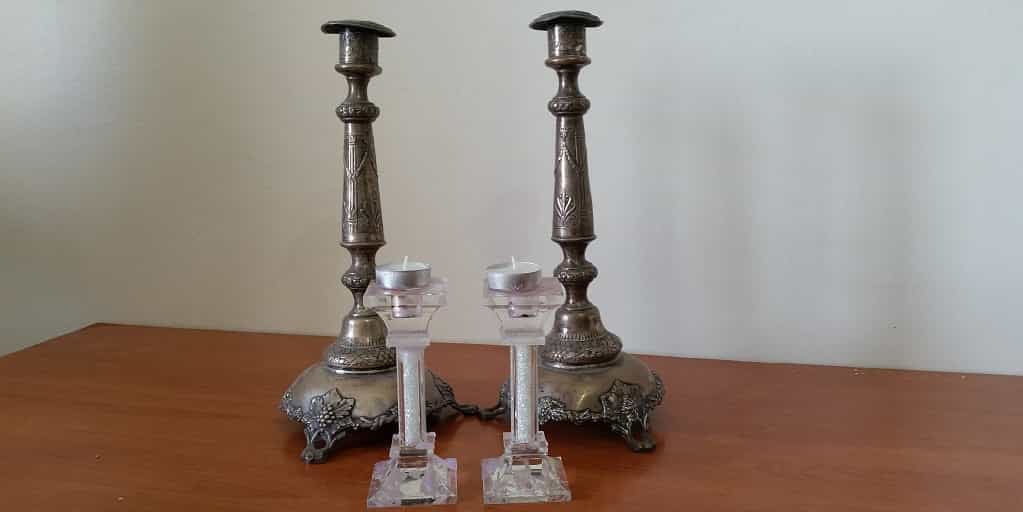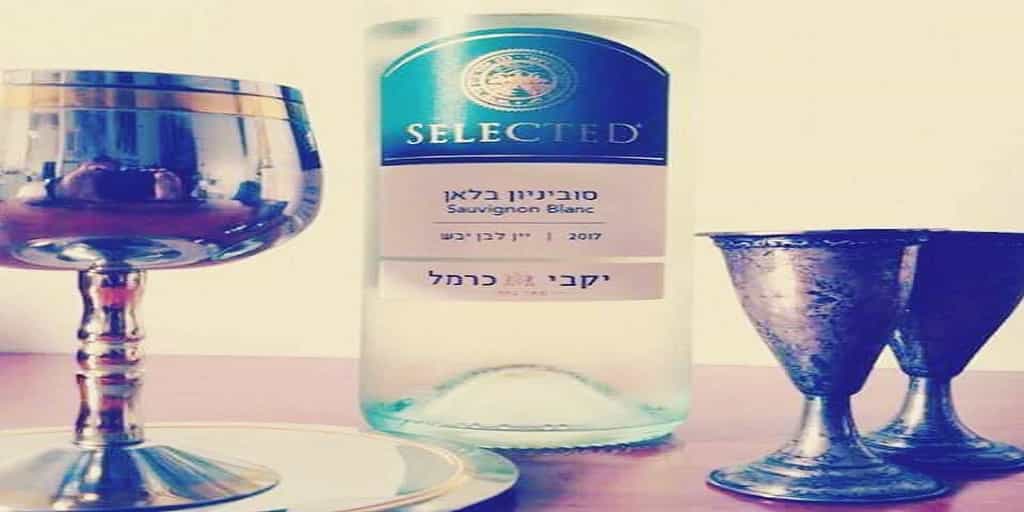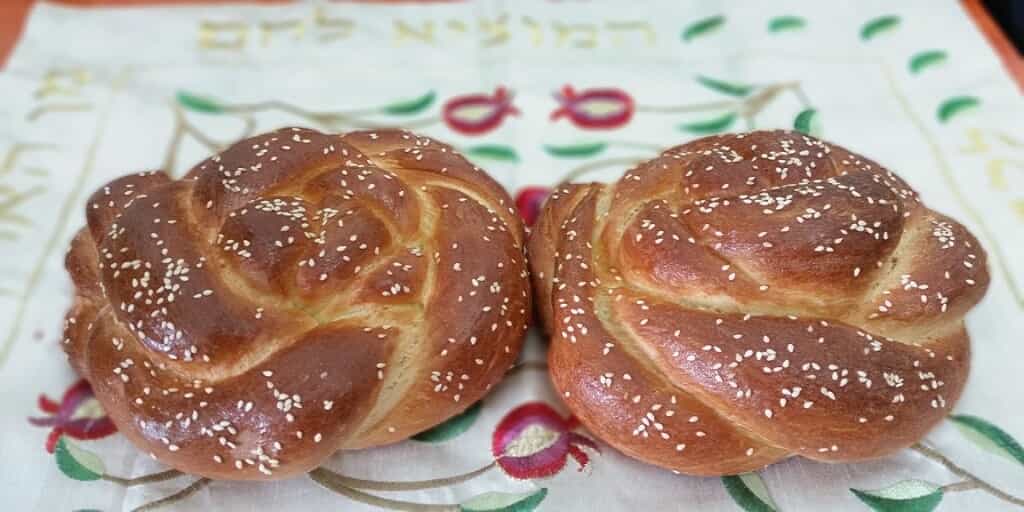Beginning every Friday evening, Jews around the world celebrate Shabbat, the Jewish day of rest, or Sabbath. It begins with services in the synagogue. We add special prayers to the service in honor of the day. After the service, people go home and have a celebratory dinner. The dinner table is set especially for Shabbat. Each item placed on the table has a specific purpose, as well as story that is unique to the family. So, what are some of the things you’ll see on the Shabbat dinner table?
The first things we see on the Shabbat dinner table are the candlesticks
One of my favorite parts of Shabbat is lighting the candles. It is a moment to take a break and reflect. Our schedules are so busy and hectic that we don’t always get a chance to really just stop and breathe. Shabbat and lighting candles can be that moment. Candles are light before the Sabbath begins by saying the blessing with our eyes closed, in order to take in the moment. There is a tradition that says because we cannot turn electricity on and off during Shabbat we cover our eyes in order to “trick” ourselves that they were light beforehand. I like to think of it more as an aid for reflection on the week.

And the candles can have a deeper meaning as well. The taller candlesticks in the picture belonged to my great grandmother from Poland. After years of work, my great grandfather saved enough money to bring my great grandmother and their children to the United States. They couldn’t bring much with them, but my great grandmother made sure her candlesticks came with her. Lighting candles on Shabbat was so important to her that she brought them on the long journey to the U.S. Before she passed away, she gave them to my grandmother, and then she gave them to my mother when she got married. In August 2016, the candlestick made another long journey to Israel as a gift for my wedding. They have now been passed down 4 generations, and traveled from Poland to the U.S. to Israel.
The shorter candlesticks were a new present for my wedding from my mother-in-law, as a symbol of a new chapter in life, and building a new home. The gift that ALL these women (my great grandmother, grandmother, mother, and mother-in- law) have really given me is a moment to pause and take in the week, and Shabbat. And they have given me a story, both old and new, to be proud of and to pass on.
We also see the Kiddush cup, or a glass of wine, on the Shabbat dinner
Every Friday night and Saturday on Shabbat, we say a blessing over the wine, called the Kiddush. We pour the wine into a glass specifically for used for this blessing. In our home we have three Kiddush cups. Two came from my great- grandmother in Poland to the United States. They were passed down from mother to daughter, like the candlesticks I have mentioned before. The third was a wedding present from my mother to my husband. And like the candlesticks we combine old and new.

The third thing we see is the Challah, or braided bread for Shabbat
Challah is a braided bread Jews eat with the meal. The blessing over the challah gives thanks for food that comes from the ground. People know challah for being really good bread. And like many other customs in Judaism, the recipe varies depending on where your family comes from in the world. Every Friday night, you’ll see a challah on the Shabbat dinner table.

My great grandfather (the husband of the woman I spoke about last week) was a baker. He baked cookies, and cakes, and breads. And every week he baked the Challah for the Shabbat meal. Friday evening isn’t complete with the challah, and I bake my own challah bread as well. I don’t know his recipe, but I hope he would have liked mine!
Of course you’ll find some really amazing food too!
Once all of the blessings are said, all the food comes out. The soup comes off the stove, the chicken comes out of the oven, the salads are taken out of the fridge, sometimes the hot food is taken off a hot plate that warms the dishes. Traditional foods depend on where your family comes from- Eastern European families eat things potato casserole called kugel, Middle Eastern families will eat stews with couscous. Everyone has some kind of Jewish chicken soup. And there is so much food. You can be sure you will leave the Shabbat table full!
The final thing you can find on the Shabbat dinner table is a small book with songs and blessings.
This small book allows people to actually read the blessings that I have mentioned through this blog. Jews consider reading the words of the page to be extra good, instead of rushing through the blessings. This is because you actually take the time to read the words and reflect on the meaning of those words. And so therefore, we can have a real intention when saying the blessings.
In conclusion,
Shabbat is an opportunity to take a break from the hustle and bustle. We can stop from the pressure, the noise, and the craziness of our everyday lives. And so, we take a break from all of that, and rest. We sit and spend quality time with our friends and our families. Shabbat dinner is a major part of that atmosphere of the day. It is a favorite for many, and it is a great opportunity to take an age- old tradition into something your own and something unique that really speaks to you!





